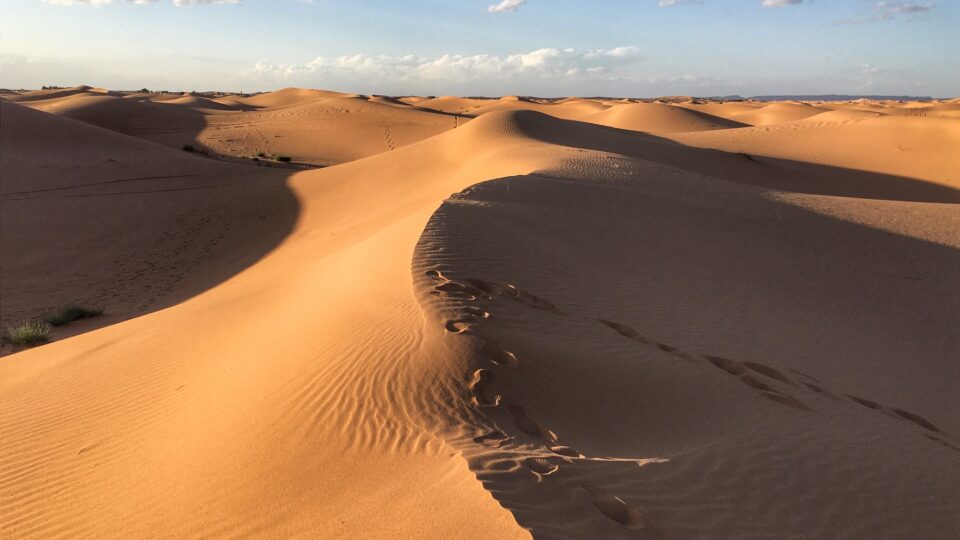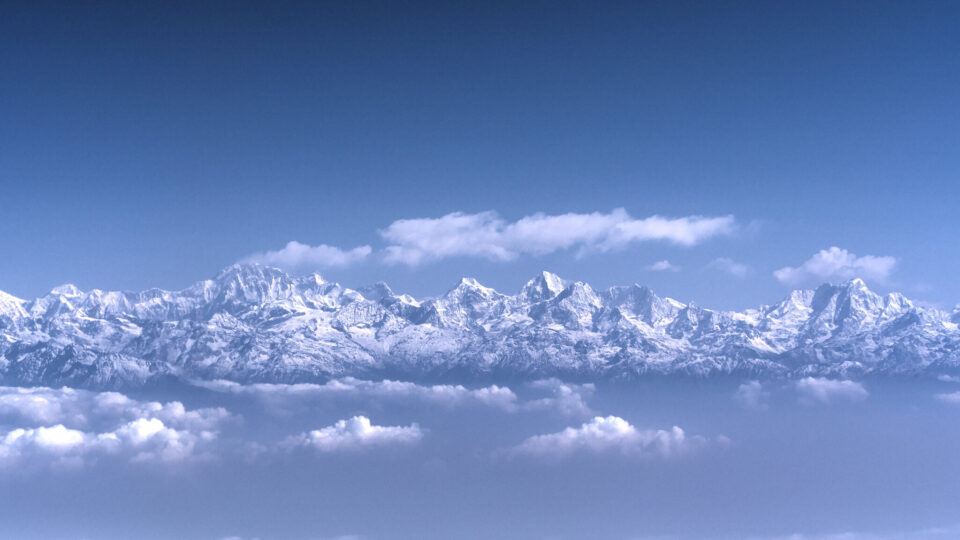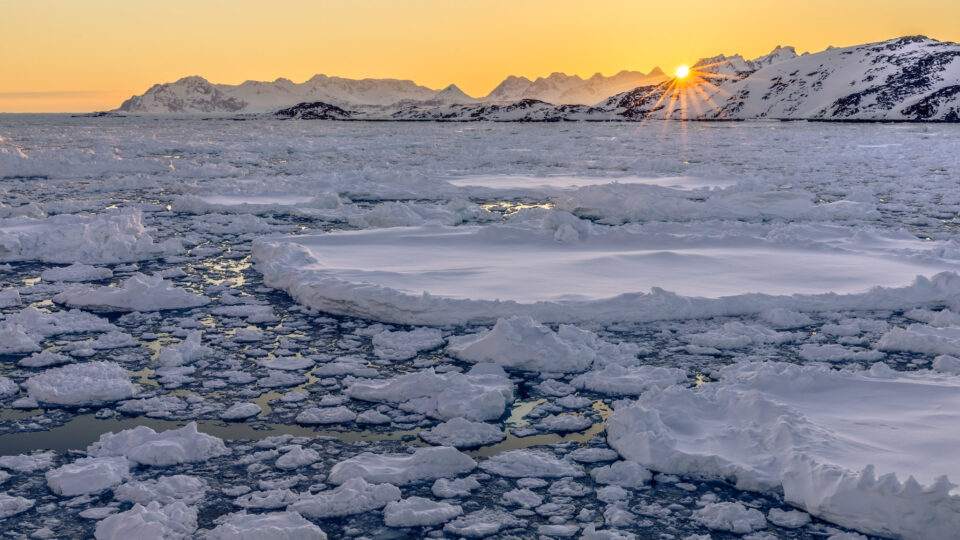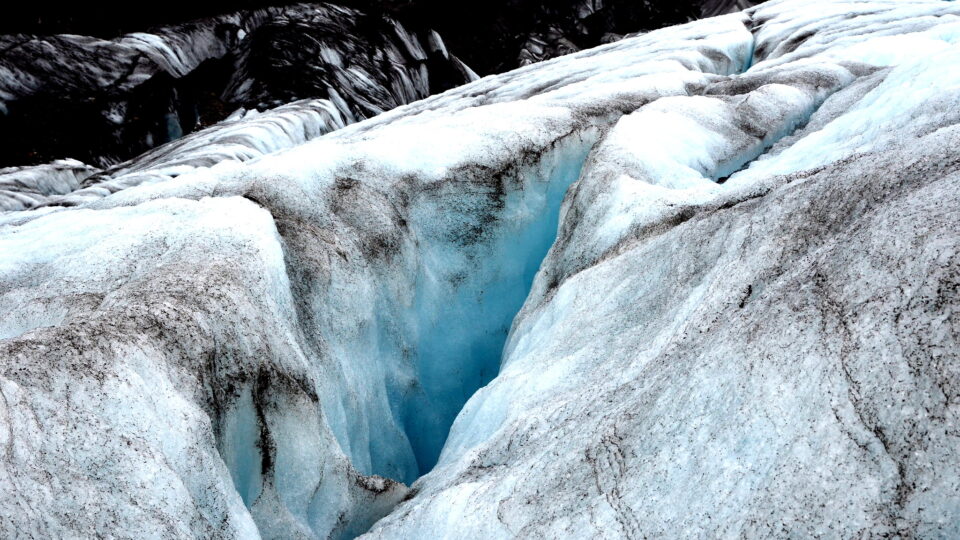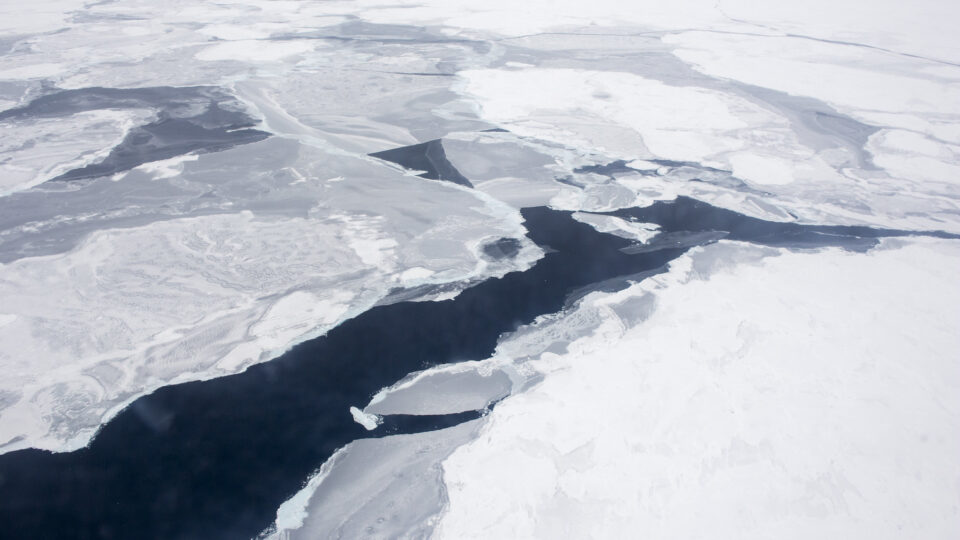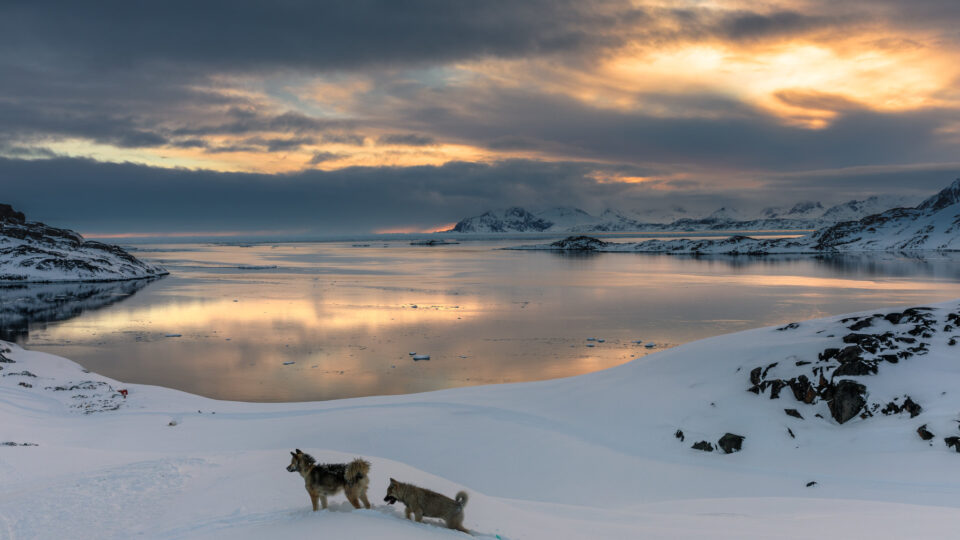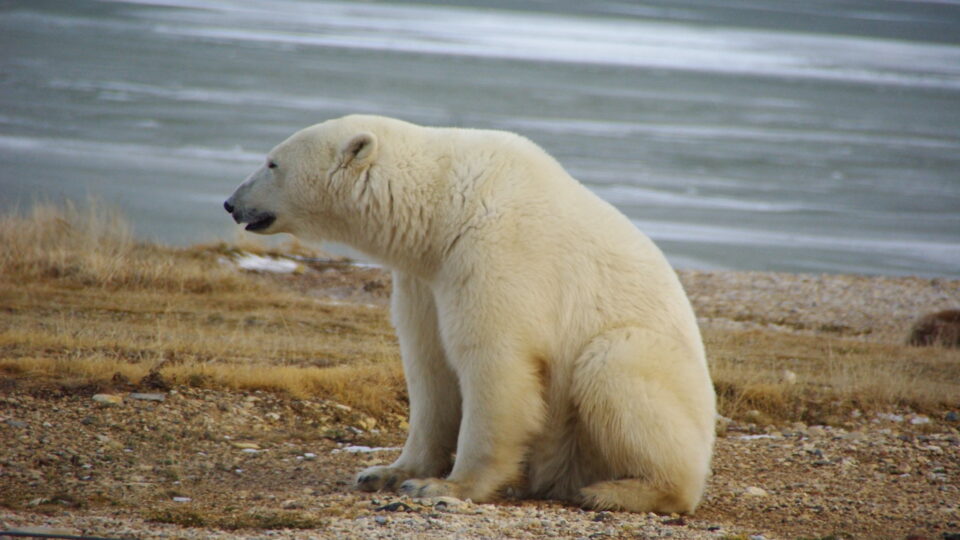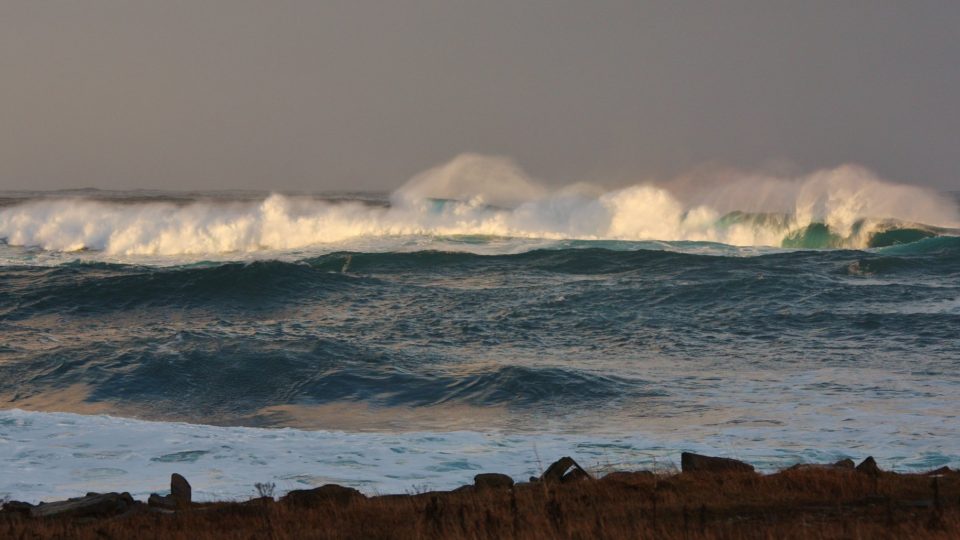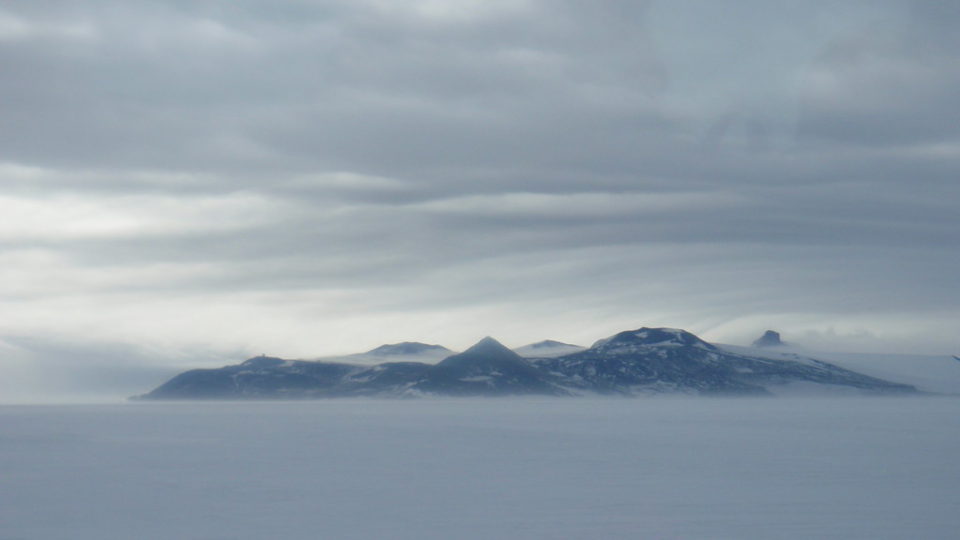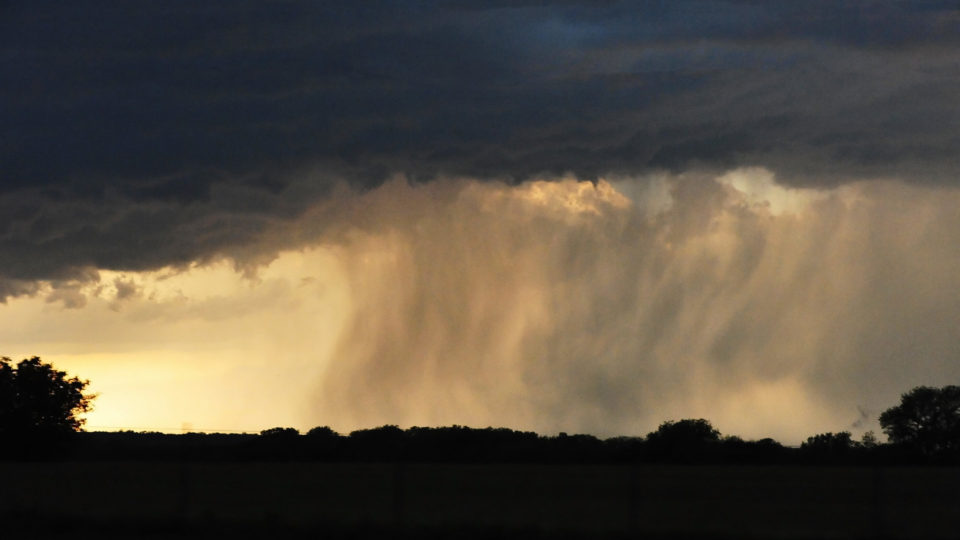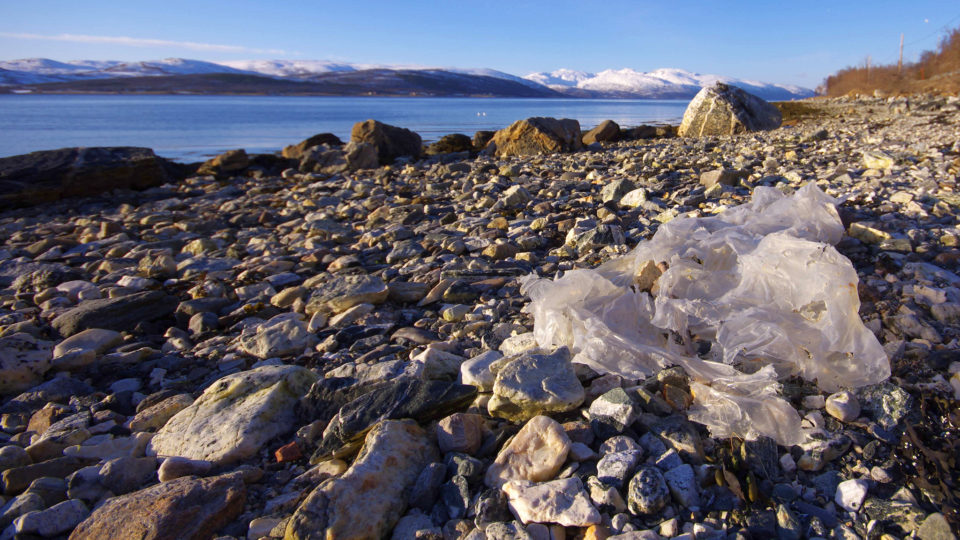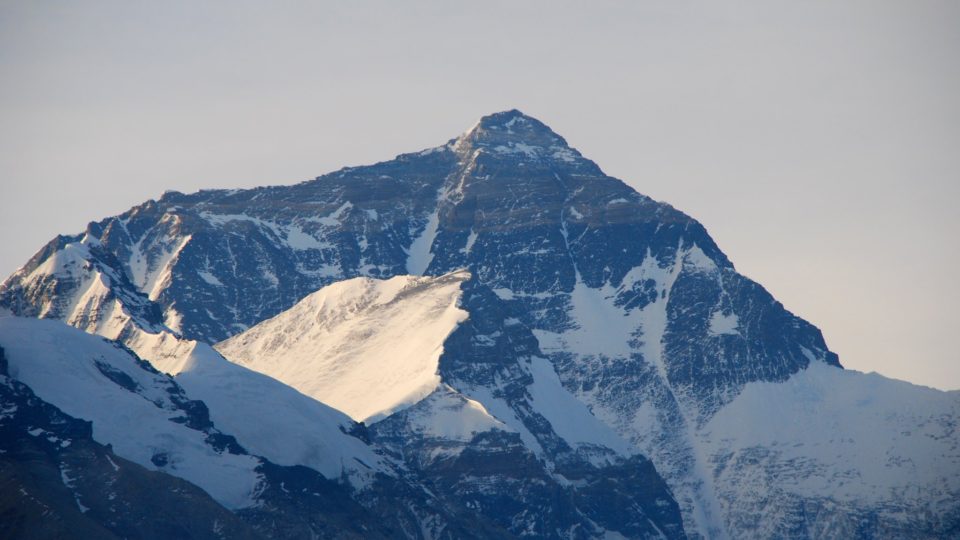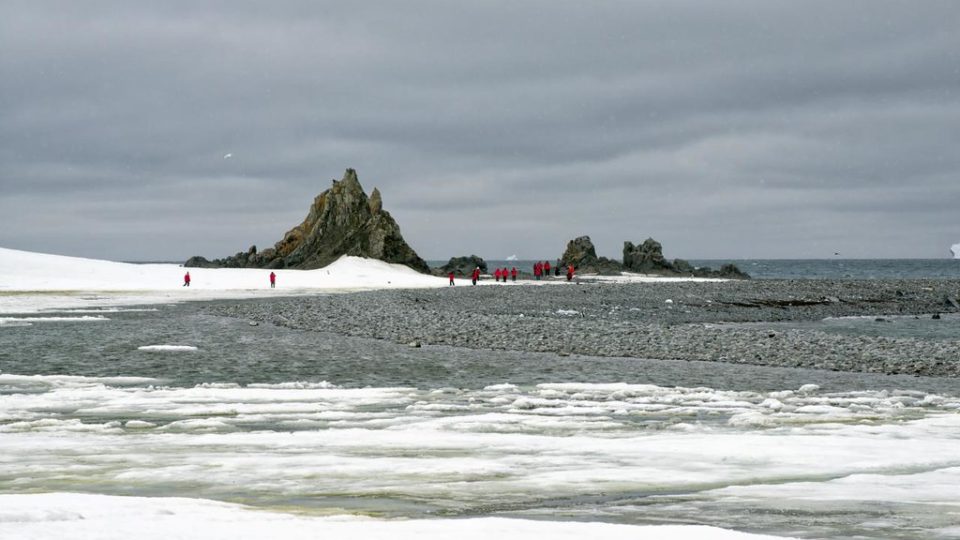Every year, more than 100 million tons of dust blow out of North Africa. Strong seasonal winds lift the dust from the Sahara Desert northward. A few times a year, the winds from the south are strong and persistent enough to drive the dust all the way to Europe.
On March 15, a large plume of Saharan dust blew out of North Africa and crossed the Mediterranean into Western Europe. European cities were blanketed with the dust, degrading their air quality, and turning skies orange. Alpine ski slopes were stained with the dust.
These dust events are associated with so-called atmospheric rivers that arise from storms. Such rivers usually bring extreme moisture but can also carry dust. Over the past 40 years, nearly 80% of atmospheric rivers over northwestern Africa have led to extreme dust events over Europe. The March 15 event was associated with Storm Celia, a powerful system that brought strong winds, rain, sleet, hail, and snow to the Canary Islands.
Atmospheric dust plays a major role in climate and biological systems. The dust absorbs and reflects solar energy and also fertilizes ocean ecosystems with iron and other minerals.
The climate effects of dust are complicated. Dust can decrease the amount of sunlight reaching the surface, affect cloud formation, and decrease temperatures. But dust also darkens the snowpack, leading to more rapid snowmelt. A 2021 dust event resulted in a rapid melt of Alpine snow, reducing its depth by half in less than a month.
The effects of this year’s dust event are not yet known, but this atmospheric river associated with Storm Celia appeared to carry less water and more dust compared with the 2021 event.
**********
Web Links
Photo, posted December 2, 2019, courtesy of Catherine Poh Huay Tan via Flickr.
Earth Wise is a production of WAMC Northeast Public Radio.
